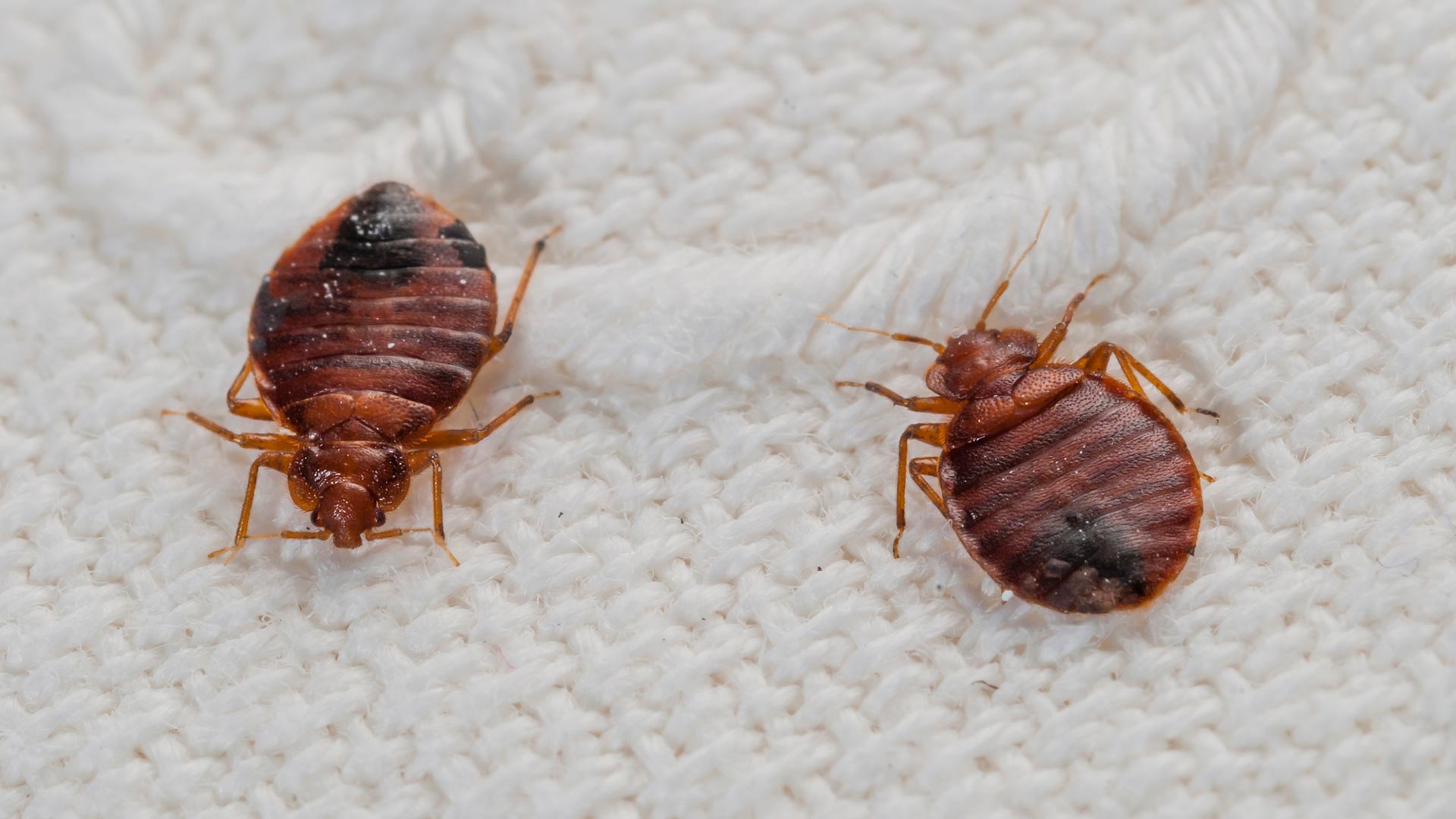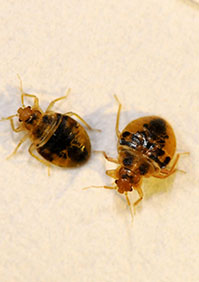Bed Bug Eggs Removal: Expert Solutions to Prevent Reinfestation
Bed Bug Eggs Removal: Expert Solutions to Prevent Reinfestation
Blog Article
Obtain Enlightened Regarding the Kinds Of Parasite Control Techniques and Their Benefits for Homeowners
Comprehending the various bug control techniques available to home owners is necessary for effective pest monitoring. Property owners that are knowledgeable can make calculated options that not only address pest problems but additionally improve the total high quality of their living environment.
Chemical Bug Control Methods
Chemical pest control techniques are a vital component of incorporated bug administration strategies for homeowners looking for reliable options to pest infestations. These methods include the application of chemical compounds created to get rid of or prevent bugs that threaten individual building, health and wellness, and comfort. Typical chemicals made use of include pesticides, herbicides, fungicides, and rodenticides, each tailored to target specific insects.
The main advantage of chemical insect control is its quick effectiveness; lots of solutions provide immediate results, minimizing pest populaces significantly in a brief time. In addition, developments in chemical solutions have resulted in items that are a lot more eco-friendly and have reduced toxicity degrees for non-target microorganisms when applied properly.

Biological Parasite Control Methods
Natural parasite control techniques have obtained importance as homeowners look for safer and much more sustainable alternatives to typical chemical approaches. Organic parasite control techniques use all-natural predators, parasites, or virus to manage insect populaces effectively. This technique is not just eco-friendly yet also reduces the threat of harm to non-target species, including advantageous bugs and wild animals.
Among the most typical biological control approaches entails introducing natural predators into the atmosphere. For example, ladybugs can be used to manage aphid populaces, while nematodes target soil-dwelling bugs like grubs. In addition, parasitoids-- microorganisms that live on or within a host-- can be employed to manage details parasite species by laying eggs inside them, ultimately bring about their death.
An additional method is making use of biopesticides, which are originated from all-natural products such as minerals, plants, or germs (bed bug exterminator). These products can efficiently target insects while posing minimal danger to humans and family pets. Generally, organic pest control methods supply homeowners with an efficient methods of parasite management that aligns with environmental concepts, advertising a healthier living environment while lowering dependence on synthetic chemicals
Mechanical Insect Control Techniques
Mechanical insect control approaches incorporate a selection of methods that physically avoid or get rid of bugs without making use of chemicals. These methods are especially helpful for homeowners looking for eco friendly alternatives while making sure the security of their home.
One typical method is the use of barriers, such as displays, catches, and nets, which avoid insects from getting in homes or specific areas. For example, installing home window screens can effectively keep insects out, while making use of physical barriers around yards can hinder bigger parasites like bunnies or deer. Additionally, mechanical traps designed for rodents can record and eliminate these pests without the demand for hazardous substances.
One more reliable approach involves using brooms and vacuum cleaners to remove insects directly from surface areas. Normal cleansing and upkeep can substantially lower pest populations by getting rid of food resources and concealing areas. Employing devices like ultrasonic pest repellents can discourage various insects through sound waves that are unpleasant to them but inaudible to humans.
Cultural Pest Control Practices
Cultural pest control practices concentrate on modifying the environment and management techniques to create conditions that are less conducive to pest problems. These techniques are basic in keeping a balanced ecosystem and reducing the reliance on chemical treatments. By modifying farming techniques, home owners can efficiently discourage pests while promoting plant wellness.
One typical method consists of crop rotation, which disrupts the life process of pests by transforming the kinds of plants grown in a specific location (bed bug exterminator). This not only reduces pest populaces however also boosts dirt health. Additionally, intercropping-- planting diverse plants in distance-- can puzzle pests and minimize their capacity to find their favored host plants
Water management is an additional critical facet of social techniques. Correct watering strategies can stop standing water, which works as a breeding place for mosquitoes and various other parasites. Keeping tidiness in and around the home, such as regularly eliminating particles and food waste, can significantly decrease parasite destination.
Integrating these social methods right into a thorough pest management method permits house owners to produce an environment that normally hinders bugs, consequently improving the performance of other control methods while advertising lasting gardening and landscaping.

Integrated Bug Monitoring Approaches
Integrated Pest Administration (IPM) represents a holistic strategy that combines different approaches to efficiently handle insect populaces while lessening environmental influence. This method integrates biological, social, physical, and chemical methods to achieve sustainable pest control. By examining pest populations and their all-natural adversaries, IPM highlights surveillance and identifying pests prior to carrying out control measures.
Among the core principles of IPM is the use of limits, which establish the degree of pest task that warrants intervention. This great site guarantees that therapies are applied only when necessary, reducing the reliance on chemical pesticides. Biological control approaches, such as presenting all-natural predators or parasites, job in combination with social methods like plant rotation and habitat control to interfere with pest life cycles.
In addition, IPM motivates the use of least-toxic chemical alternatives when intervention is required, prioritizing items that browse around this site present very little danger to non-target microorganisms and the setting. For homeowners, taking on IPM comes close to not just enhances the efficiency of insect monitoring however likewise advertises a much healthier living environment, cultivating biodiversity and decreasing chemical direct exposure. Ultimately, IPM empowers property owners to make educated choices that balance parasite control with eco-friendly obligation.
Conclusion
In final thought, understanding the numerous bug control approaches empowers homeowners to make enlightened decisions relating to pest management. Each approach-- chemical, organic, mechanical, cultural, and integrated insect administration-- provides distinct advantages that accommodate different demands and choices. By choosing appropriate techniques, homeowners can efficiently take care of pest populaces while minimizing health and wellness dangers and environmental effects. This enlightened technique contributes to a healthier living environment, advertising overall health for households and pets alike.
Recognizing the different insect control techniques offered to property owners is necessary for reliable parasite management.Chemical pest control methods is termite control necessary are a crucial component of integrated bug administration strategies for property owners seeking reliable solutions to pest problems. In general, biological pest control strategies supply house owners with a reliable means of parasite monitoring that lines up with eco-friendly concepts, promoting a much healthier living environment while minimizing dependence on artificial chemicals.
Social insect control methods concentrate on modifying the setting and administration strategies to develop problems that are less conducive to pest infestations.In conclusion, understanding the various insect control techniques equips house owners to make informed choices relating to pest monitoring.
Report this page